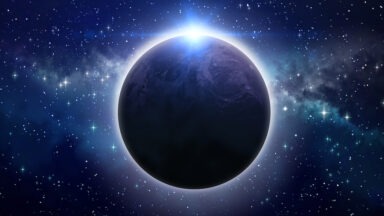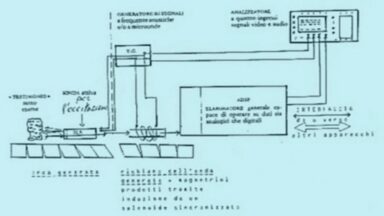NASA’s James Webb Telescope Can Detect Alien Biosignatures in 60 Hours

New technology may help scientists discover extraterrestrial life on other planets in just days.
Scientists at the Ohio State University have just announced that by using the James Webb Space Telescope, scheduled to launch this fall, they may be able to detect biosignatures on gas dwarf planets. These biosignatures, such as ammonia, could be a sign of life and with new technology, they may be able to make this distinction in as few as 60 hours. But what exactly do they mean by life?
Watch more:
Decades After Landing on Mars, We May Find Proof of Past Life

After 25 years of rovers landing on Mars, many are looking forward to the next chapter of Mars exploration, which may include excavating deep into the red planet. In July 1997, NASA’s Pathfinder landed on Mars and began its mission to demonstrate how a robotic rover would land on the red planet.
Using an innovative design, the rover landed on Mars with a parachute and a series of giant airbags to cushion its blow. The Carl Sagan memorial station and the Sojourner Rover outlived their projected lifespan, and in the years following sent magnificent images back to Earth.
The lander returned more than 16,500 images and the rover sent back 550 more, in addition to chemical analyses of rocks, soil, and data on wind and weather. The final transmission from the Mars Pathfinder was on September 27, 1997, but the data it provided helped scientists to conclude Mars was once wet and warm, and rounded rocks on the surface indicate they may have been worn down by running water, and if there was water, there could have been life.
Flash forward to today, NASA’s Perseverance Rover, on the red planet since February of 2021, is tasked with finding past or present life and seeing if humans could one day explore or colonize Mars.


































